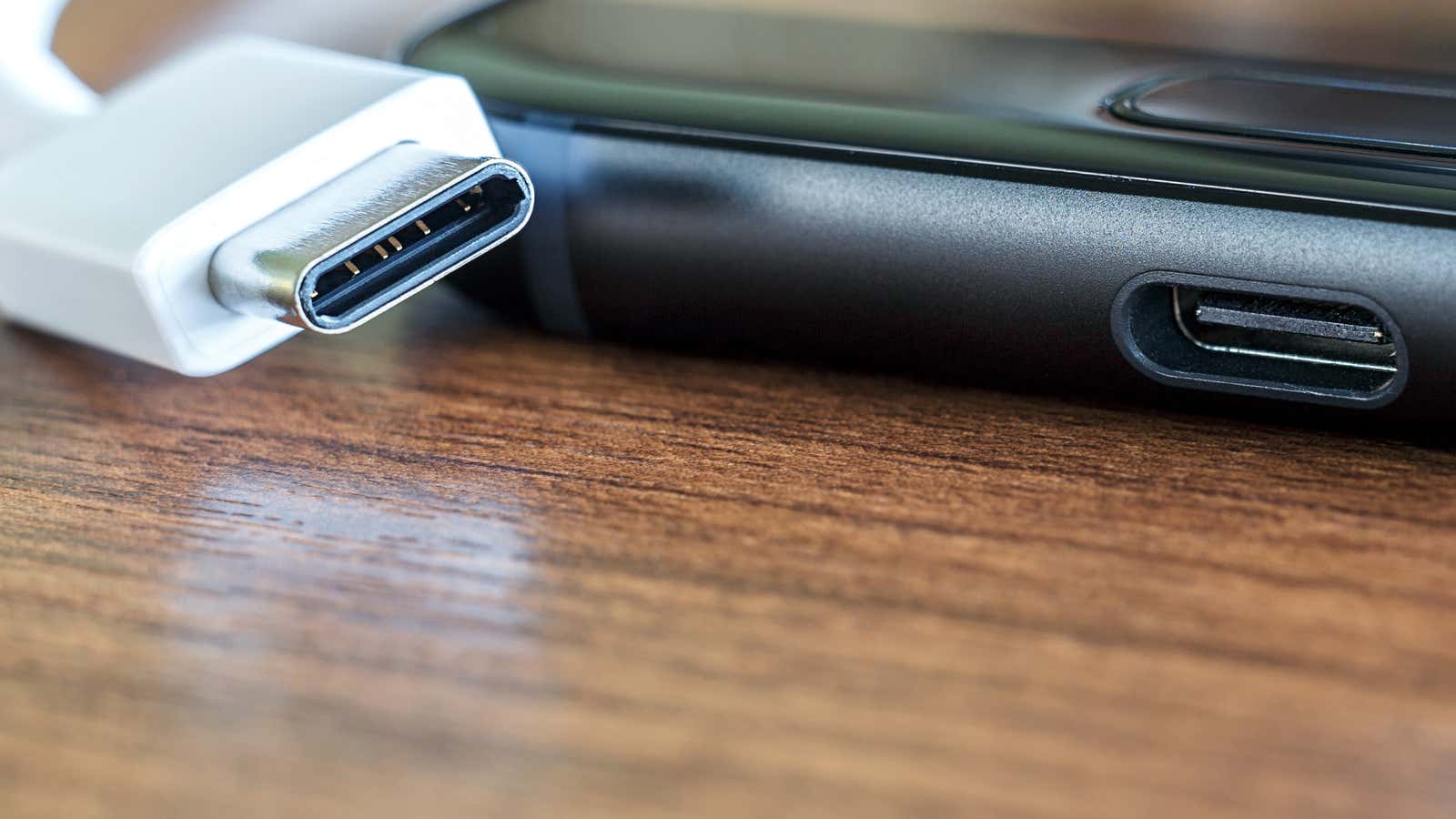What Is USB Fast Charging and Why Is It Important for Your Smartphone?

You may have seen that the upcoming Samsung Galaxy S20, S20 +, and S20 Ultra are the first smartphones to receive “fast charging” certification from the USB Developer Forum (USB-IF). Many smartphones claim to have “fast charging” batteries, but if the Galaxy S20 lineup is the first to receive official USB-IF certification, what does that mean for other devices?
Most phones charge via USB, but only a few chargers and cables, most notably USB-C with USB 3.1, which supports the USB Power Delivery (USB-PD) standard, are capable of supplying electricity at the speed and quantity needed to achieve “fast charging. “. “They are capable of charging your devices up to 5A at 100W, although even the latest modern smartphones do not need that much power.
This is largely for security reasons. Smartphones require much less than 100 watts to charge, and most “fast charging” devices or cables have a maximum wattage of 20 watts or less. After all, too much power results in a lot of heat, and we all know what happens when a phone’s battery gets too hot.
However, new USB-PD 3.0 and Programmable Power Supply (PPS) specifications allow devices to dynamically change their charging power. This not only makes charging more efficient, but also allows smartphones to use much higher power consumption safely and therefore charge much faster.
The Galaxy S20 line is the first smartphones certified for PPS and USB-PD, which means the S20 and S20 + can handle up to 25W (while the S20 Ultra can handle 45W). Technically, the Samsung Galaxy Note 10+ was the first of its devices to support 25W and 45W charging modes, and Samsung has already submitted the phone for USB-IF fast charging certification.
Other third party devices and charging standards also use higher power levels. For example, QualComm Quick Charge 4.0+ can draw up to 45W, while Lenovo is preparing a super-powerful gaming phone that will use a 55W charger .
These phones will be able to charge their batteries in record time, but that doesn’t necessarily mean that current “fast charging” phones are slow. Most smartphones with “fast charging” – the Pixel 3, for example – can recover about a few hours of battery life in just 30 minutes using a standard 18W USB-C charger and the cable they come with. Even the recent iPhone 11, which requires additional accessories to use USB-C fast chargers, can achieve around 50 percent battery life in thirty minutes, according to Digital Trends .
The point is, USB-IF Fast Charging certification makes a big difference, but your phone can still charge relatively quickly without it – provided you have a good enough charger and a certified USB-C cable.